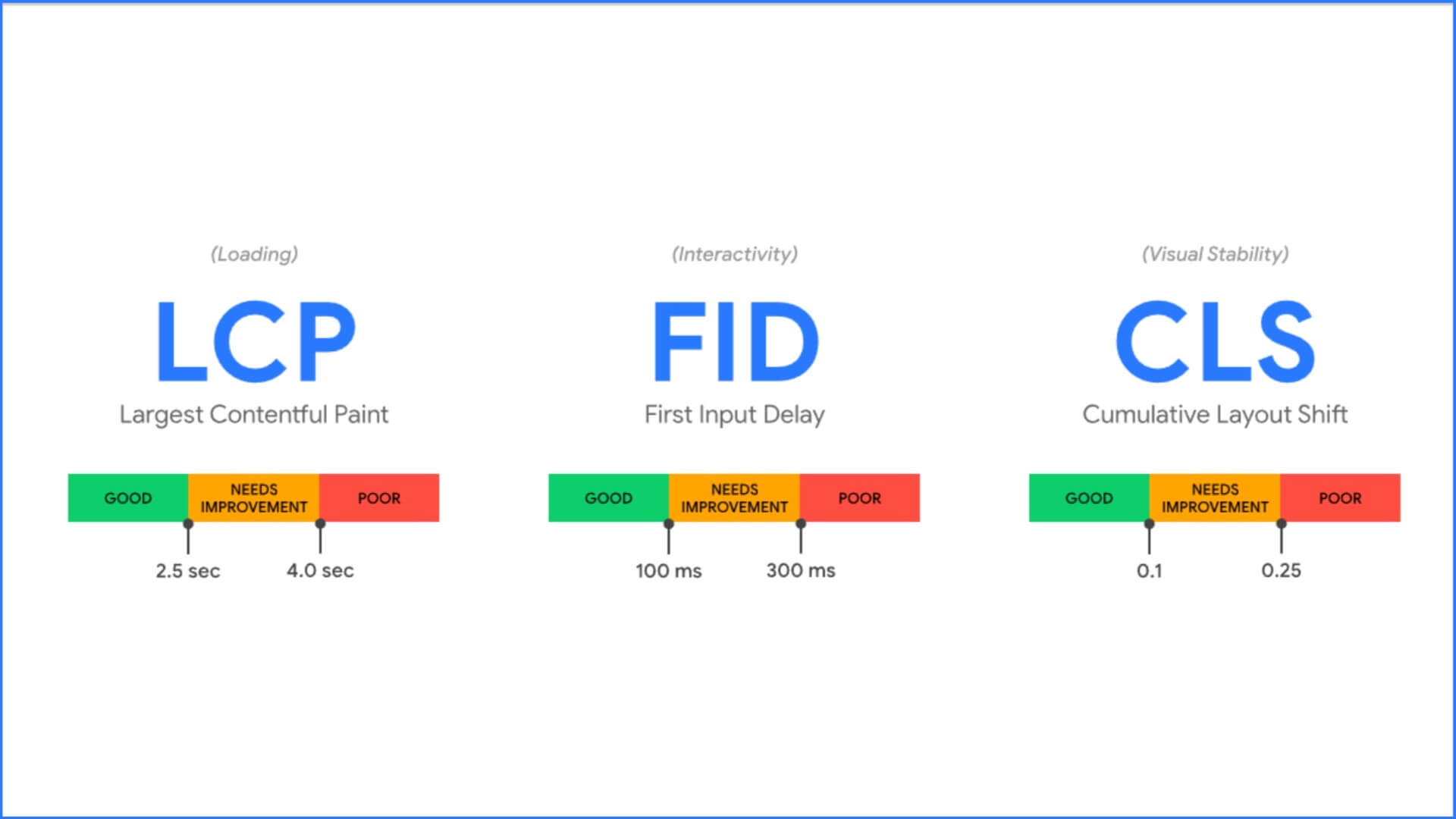How Core Web Vitals Impact SEO Performance in 2023
Introduction
In the world of SEO, staying ahead of the curve is essential. One of the key factors that determines a website’s success in search engine rankings is its performance in Core Web Vitals. These metrics, introduced by Google, measure the user experience of a website by assessing factors like loading speed, interactivity, and visual stability. In September 2023, several popular content management systems (CMS) were analyzed to determine their Core Web Vitals performance. This article delves into the findings and explores how these CMS platforms, including WordPress, Wix, Duda, and Shopify, have fared in terms of SEO performance.
The Importance of Core Web Vitals
Core Web Vitals have become an integral part of Google’s algorithm, and they significantly impact a website’s ranking in search engine results pages (SERPs). These metrics reflect the user experience and determine how users perceive and interact with a website. By prioritizing Core Web Vitals, website owners can enhance user satisfaction, reduce bounce rates, and ultimately improve their SEO performance.
Understanding Core Web Vitals
Core Web Vitals consist of three key metrics:
- Largest Contentful Paint (LCP): This metric measures the time it takes for the largest visible content element to load on a webpage. A fast LCP contributes to a positive user experience and is crucial for engagement and retention.
- First Input Delay (FID): FID measures the time it takes for a webpage to become interactive in response to a user’s first interaction, such as clicking a button or entering text in a form. A low FID ensures a seamless and responsive user experience.
- Cumulative Layout Shift (CLS): CLS measures the visual stability of a webpage by quantifying unexpected layout shifts that can disrupt the user experience. A low CLS score indicates a stable and visually pleasing website.
Improving these metrics is key to optimizing a website’s performance and enhancing its chances of ranking highly in search results.
CMS Performance in Core Web Vitals
To better understand how different CMS platforms fare in terms of Core Web Vitals, we analyzed the performance of seven popular content management systems: WordPress, Wix, Duda, Shopify, Squarespace, Joomla, and Drupal. Let’s dive into their individual performance and improvements over time.
1. WordPress
WordPress, the most popular CMS globally, has made significant strides in improving its Core Web Vitals performance. Starting the year with a score of 30.39%, WordPress reached a score of 32.52% by summer 2023. Although it ranks at the lower end of the spectrum, this represents a notable improvement of 2.13% compared to the previous year. The WordPress Performance Team deserves recognition for their continuous efforts to enhance the platform’s performance.
2. Wix
Wix, a leading website builder, has consistently demonstrated exceptional performance in Core Web Vitals. With an impressive score of 55.07%, Wix has shown a remarkable improvement of nearly 50% compared to the previous year. This achievement is a testament to the platform’s commitment to providing users with a fast and seamless website experience.
3. Duda
Duda, the top-ranked CMS in terms of Core Web Vitals performance, has set the benchmark for other platforms. With a score of 73.76%, Duda has shown consistent improvement throughout the year, starting at 70.69% and increasing by an additional 3.07%. These real-world performance scores, which cannot be manipulated, validate Duda’s commitment to delivering exceptional user experiences.
4. Shopify
Shopify, a popular ecommerce platform, has demonstrated impressive performance in Core Web Vitals. With a score of 56.17%, Shopify has surpassed expectations, considering the challenges that ecommerce sites often face in meeting Core Web Vitals standards. The platform’s ability to deliver a fast and stable user experience is commendable.
5. Squarespace
Squarespace, another prominent CMS, has shown consistent improvement in Core Web Vitals. Starting the year with a score of 34.69%, Squarespace achieved a final score of 39.12%. This improvement of 4.43% highlights the platform’s dedication to optimizing user experiences and solidifying its position as a reliable CMS.
6. Joomla
Joomla, an open-source CMS, has also made significant progress in Core Web Vitals performance. With a score of 41.76%, Joomla ranks closely behind the top performers. Considering its free and open-source nature, Joomla’s ability to deliver a solid user experience is commendable.
7. Drupal
Drupal, another free and open-source CMS, has achieved a strong Core Web Vitals performance. With a score of 51.38%, Drupal’s commitment to providing an exceptional user experience is evident. Its performance is in line with other top-ranking CMS platforms, reaffirming the competitive nature of the CMS landscape.
The Impact on SEO Performance
The improved Core Web Vitals performance of these CMS platforms has a direct impact on SEO performance. Websites built on these platforms have a higher chance of ranking well in search results due to their enhanced user experiences. By focusing on optimizing Core Web Vitals, website owners can reduce bounce rates, increase user engagement, and ultimately improve their search engine rankings.
Conclusion
In the dynamic world of SEO, Core Web Vitals have emerged as a critical factor in determining a website’s success. Analyzing the performance of popular CMS platforms like WordPress, Wix, Duda, and Shopify sheds light on the continuous efforts to enhance user experiences and improve SEO performance. By prioritizing Core Web Vitals and choosing a CMS that excels in this area, website owners can elevate their online presence and deliver exceptional user experiences. Stay ahead of the curve and optimize your website’s Core Web Vitals to achieve SEO success in 2023 and beyond.




